The genetic code that goes on to create our brains, our selves, and our consciousness, is not only hereditary. Anna M. Hennessey argues that microchimerism, where non-hereditary DNA is introduced into our bodies through cells exchanged during pregnancy between the mother and fetus and vice versa, is ripe for scientific and philosophical enquiry. For Hennessey, these exchanges do not only alter our brain but our consciousness itself, and how we experience the world.
During a plenary of last year’s 30th annual conference of The Science of Consciousness (TSC), David Chalmers began his talk with a tribute to his mother, who had recently passed away. A seminal figure in the field of consciousness studies and a key member of the first TSC conference held in 1994, Chalmers discussed his mother’s spiritual study of consciousness, his father’s scientific study in neuroscience, and their impact on his own path to studying consciousness. Beyond the intellectual, psychological, and emotional influences Chalmers’ mother had on him, however, she and he likely also influenced the neurological hardwire of each other’s brains in a less widely known process – by transferring their own cells and DNA to one another through her placenta decades ago. These cells are microchimeric cells, and the bidirectional cell transfer that occurred between Chalmers and his mother – as well as between mammals and their mothers more broadly – is called feto-maternal microchimerism.
SUGGESTED VIEWING The divided self With Roger Penrose, Jack Symes, Sam Harris, Sophie Scott
The word “chimera” refers to a hybrid creature and stems from Greek Mythology and Hesiod’s Theogony in which he describes a female beast made up of a lion, goat, and dragon. In common parlance, the term can refer to an illusion or fantasy of the mind, while in its medical context the word indicates a part of the human body that is genetically diverse. Research on microchimerism has grown in exciting directions over the past few decades. “Maternal microchimerism” refers to the transfer of cells from mother to fetus and “fetal microchimerism” refers to the reverse. Studies of these various forms of microchimerism have shown us that we are all chimeric on some level and contain cells from our mothers and sometimes from older siblings. Women who give birth also contain the cells of their children as well as of their own mothers. Our biology challenges the very notion of a singular self.
___
While the philosophy of mind has largely overlooked pregnancy and birth, biology tells a profound story of interconnected consciousness.
___
Chalmers is not a materialist. In The Conscious Mind (1996), Chalmers’ first book, he famously stated that “[m]aterialism is a beautiful and compelling view of the world, but to account for consciousness, we have to go beyond the resources it provides.” Believing in the “hard problem” of consciousness, he does not consider his subjective experience of consciousness a simple correlate of his brain’s activities. But as a property dualist, he has a vision for a science of consciousness and thus believes that the mind is still intimately connected to the brain. Some of the latest research on feto-maternal microchimerism suggests both that brains could be chimeric during their most formative stages of neurodevelopment, and that for women who give birth, cells from one or multiple fetuses become part of the mother’s neurons and other parts of their brains. If there is a conscious “self” connected to the architecture of the brain, then perhaps these other “selves” bound to it should be considered. This consideration becomes even more important when we learn about how this microchimeric material may also be connected to behavioral development.









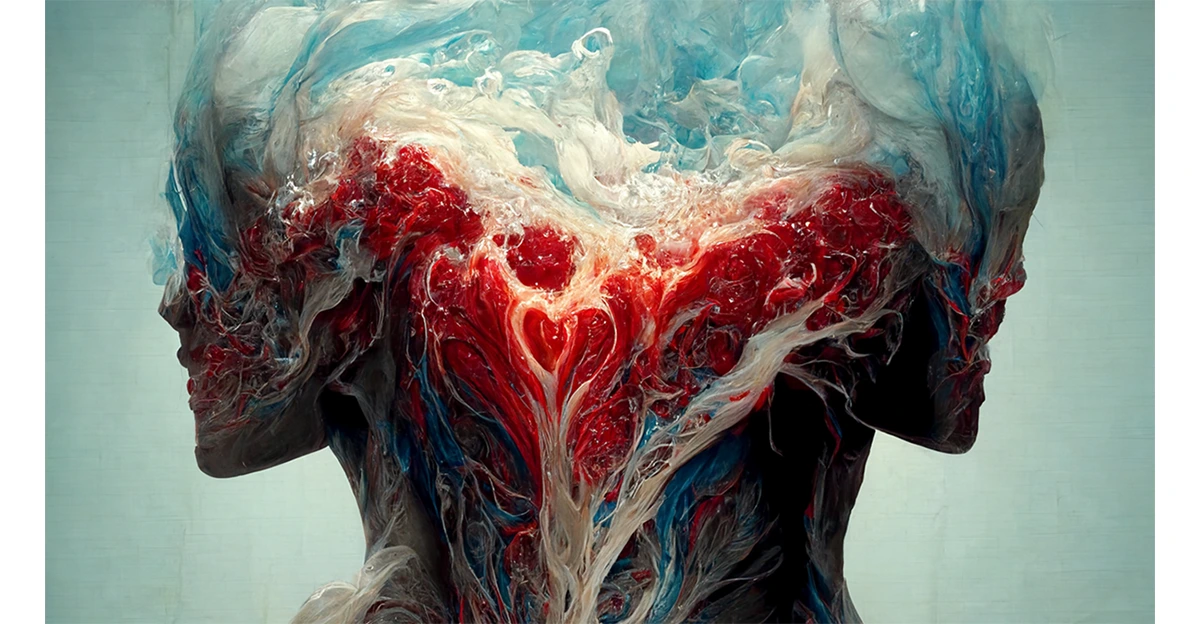


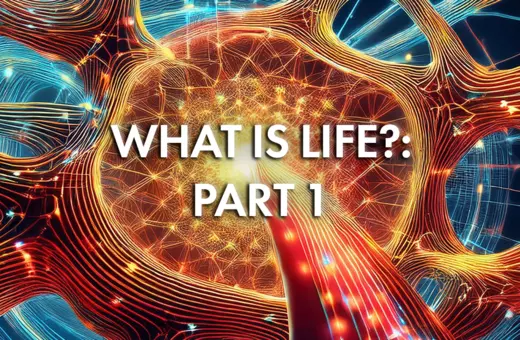
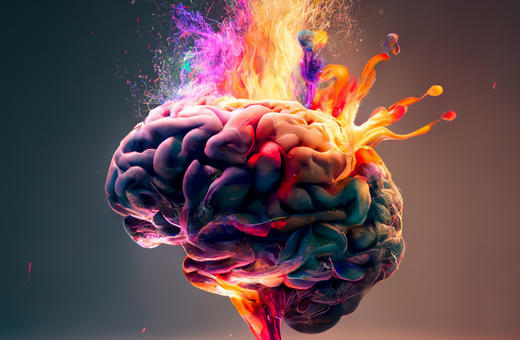
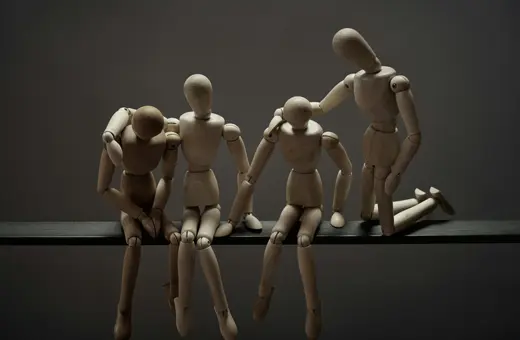



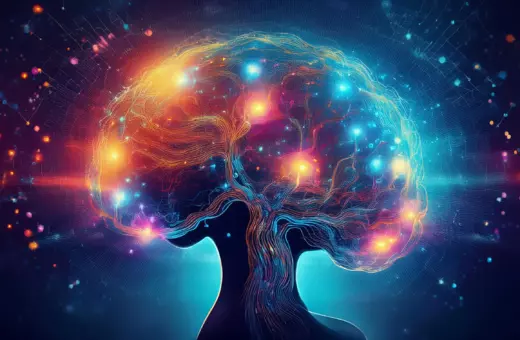



Join the conversation